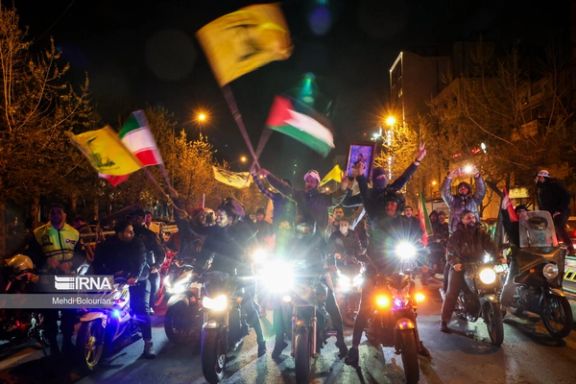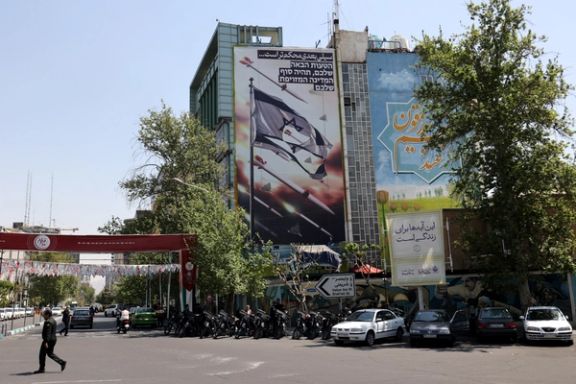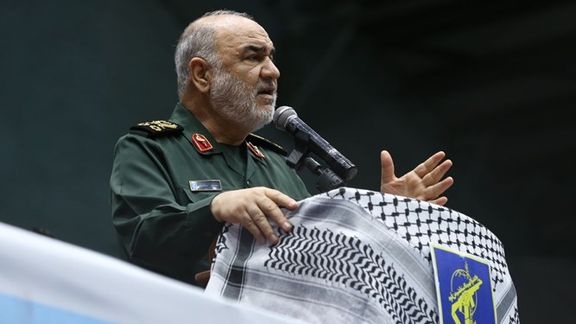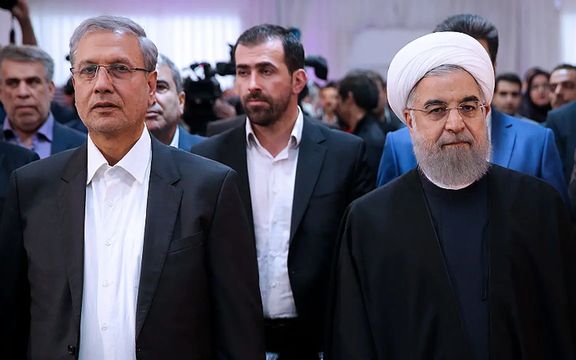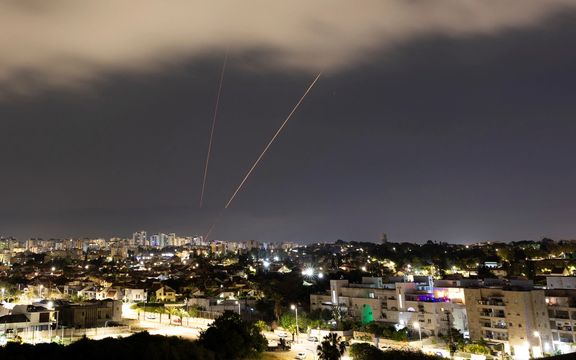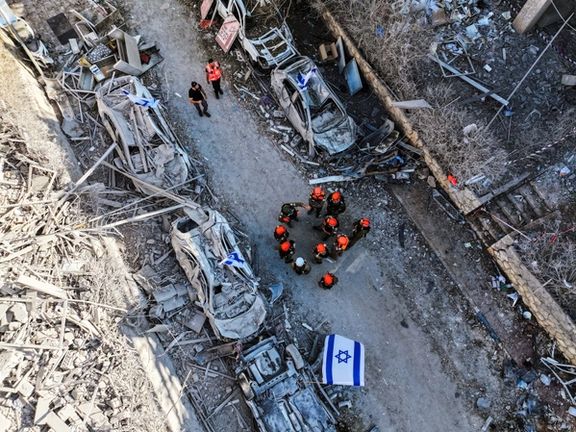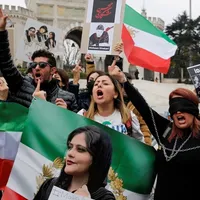Although the massive strike launched mostly from inside Iranian territory caused little damage, the risk of an Israeli response escalating into a full-blown war looms large.
The attack was anticipated given Iran's vow to retaliate against Israel's targeting of Iran’s consulate in Damascus on April 1. Intelligence assessments had predicted an imminent and significant strike.
The initial wave of the attack struck Israel around 2 am local time, resulting in explosions in the sky as Israeli defense systems intercepted drones and missiles. Some missiles managed to evade interception, hitting an airbase in southern Israel and causing minor damage, according to Israeli army spokesperson Daniel Hagari.
Of 170 UAVs 0 entered into Israeli territory / Of 30 Iranian cruise missiles, 0 entered Israeli air space, 25 downed by Israel. Most of 120 ballistic missiles were intercepted by the arrow defense system, causing minor damage to infrastructure at Nevatim Air Force base by direct hit but still operational.
Iran’s state-affiliated media celebrated the operation as a huge success, and the foreign ministry called it “an inherent right of self-defense as recognized under Article 51 of the UN Charter, against Israel's recurring military aggressions.”
However, the attack drew condemnation from UN Secretary-General and several governments, including those of Canada, Germany, France, UK, and the US. President Biden lauded Israel's defense capability, reaffirming the US commitment to its security.
“Israel demonstrated a remarkable capacity to defend against and defeat even unprecedented attacks – sending a clear message to its foes that they cannot effectively threaten the security of Israel,” US President Joe Biden said shortly after the operation was over. He stated once more that his government’s commitment to Israel was “ironclad”.
It’s unclear how Israel would respond to the attack. Unnamed Israeli sources told Iran International that it certainly will. The Israeli War Cabinet did convene during the attacks and authorized Benjamin Netanyahu and two of his ministers to decide on the response –which, according to Israel’s Channel 14, would target “Iranian territory.”
What is also not clear is the timing of the Israeli response. Netanyahu would most likely discuss his options with Biden, who fears the tit-for-tat to lead to an all-out regional war and bog down the US military in yet another conflict in the Middle East less than six months before the 2024 US elections.
The Biden administration seems to want to downplay the significance of Iran’s attack in a bid to restrain Netanyahu.
CNN quoted a senior administration official who said President Biden has told Netanyahu that “Israel should consider tonight a win” because Iran’s attacks had been “largely unsuccessful” and nothing of “value” was hit. CNN also reported that Biden had made it clear to Netanyahu that the United States “will not participate in any offensive operation against Iran.”
Biden’s stance is bound to anger his more hawkish critics, who accuse him of abandoning Israel and even appeasing Iran. He will feel the heat in Washington, and in the Capitol, in particular, in the days to come, as ardent supporters of Israel push for a tougher stance on Iran.
“This is the moment for the US to show we stand together with our allies,” Senator Roger Wicker (R-MS), Ranking Member of the Armed Service Committee posted on X. “Our shared enemies, including Iran & their proxies, need to know our commitment is unwavering. We must join with Israel to ensure that Iran’s aggression is met with resolute action & resounding strength.”
Senator Marsha Blackburn (R-TN) was another lawmaker who called for US involvement in a military operation against Iran.
“Iran has begun launching drone strikes on Israel,” she posted on X shortly after news broke of Iranian drones heading for Israel. “We must move quickly and launch aggressive retaliatory strikes on Iran.”
Former President Donald Trump was also quick to weigh in on the subject, albeit from a more personal angle.
“Israel is under attack! This should never have been allowed to happen,” he posted on his digital platform Truth Social. “This would never have happened if I was President,” he said, in a comparatively subtle sneer at Biden –who, in all likelihood, will face him in the battle for the White House this November.
Follow developments on Iran International's Live coverage of ongoing tensions between Iran and Israel.
